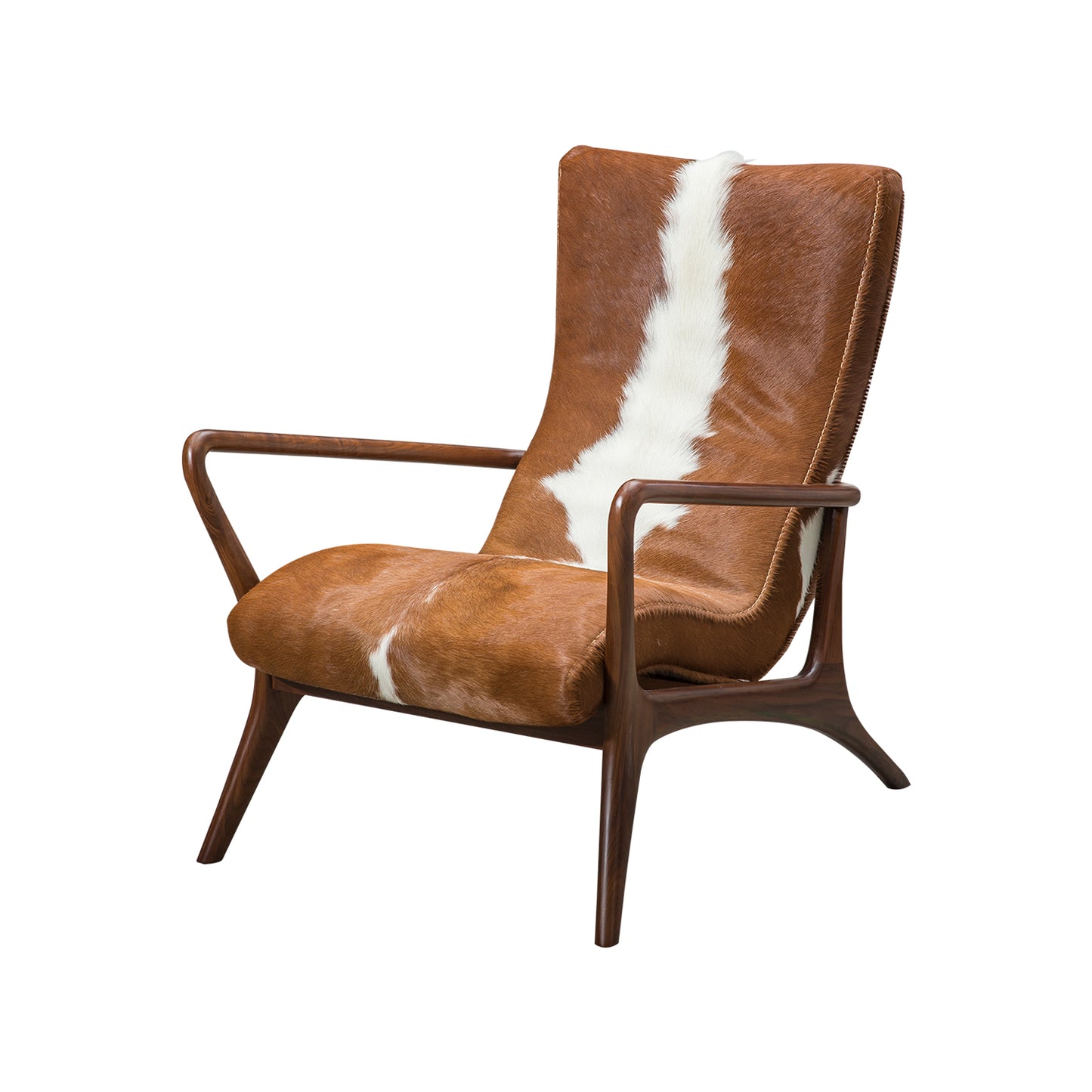Lounge seating has undergone a remarkable transformation over the years, reflecting changes in design philosophy, lifestyle, and technology. Understanding this evolution not only enriches our appreciation of interior furniture but also aids in making informed choices for our living spaces.

Traditional Lounge Seating: A Historical Perspective
Historically, lounge seating was characterised by ornate designs and craftsmanship. Pieces such as the wingback chair and the settee were staples in Victorian homes, offering both comfort and elegance. These traditional forms often featured rich fabrics and intricate woodwork, serving as focal points in living rooms.
- Wingback Chairs: Designed for warmth and comfort, these chairs provided a sense of enclosure.
- Settees: A blend of style and functionality, settees were perfect for social gatherings.
As we delve into the past, one might wonder how these traditional designs influenced modern lounge seating. The answer lies in the balance of aesthetics and functionality that has persisted through the ages.
Modern Lounge Seating: Embracing Minimalism
In contrast to the ornate styles of the past, contemporary lounge seating embraces minimalism and simplicity. Clean lines, neutral colours, and innovative materials define modern designs. For instance, the rise of modular sofas has revolutionised how we perceive lounge seating, allowing for flexibility and adaptability in various spaces.
Moreover, the integration of ergonomic principles has enhanced comfort, making lounge seating not just visually appealing but also supportive for prolonged use. This evolution raises an important question: how do we choose the right lounge seating for our needs?
Key Considerations for Choosing Lounge Seating
- Space: Assess the dimensions of your room to ensure the seating fits harmoniously.
- Style: Consider the overall aesthetic of your home. Do you prefer modern, traditional, or eclectic styles?
- Comfort: Test the seating for comfort. After all, lounge seating should invite relaxation.
- Material: Choose materials that suit your lifestyle, whether it be leather, fabric, or synthetic options.
By considering these factors, you can select lounge seating that not only complements your decor but also enhances your living experience.
The Future of Lounge Seating: Trends to Watch
As we look ahead, several trends are shaping the future of lounge seating. Sustainability is becoming increasingly important, with many manufacturers opting for eco-friendly materials and production methods. Additionally, the rise of smart furniture is introducing technology into lounge seating, offering features such as built-in charging ports and adjustable settings.
For those interested in exploring a wide range of lounge seating options, visit . This collection showcases the latest in both traditional and contemporary designs, catering to diverse tastes and preferences.
Conclusion
The journey of lounge seating from traditional to contemporary designs illustrates the dynamic nature of interior furniture. By understanding this evolution, we can make more informed choices that reflect our personal style and enhance our living spaces. Whether you lean towards classic elegance or modern minimalism, the right lounge seating awaits to transform your home.


